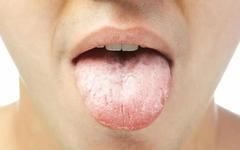The issue of damp-heat is gradually becoming prominent. Damp-heat is one of the “six evils” in Traditional Chinese Medicine (TCM): wind, cold, dampness, heat, dryness, and humidity, and it is associated with one of the nine body constitutions, namely the damp-heat constitution. These descriptions and definitions indicate that damp-heat is not a good thing and must be overcome and avoided.
“Damp-heat” is a pathological manifestation and mechanism caused by both external and internal factors. The external factors mainly include a humid environment, while the internal factors are due to dysfunction of the organs generating heat.
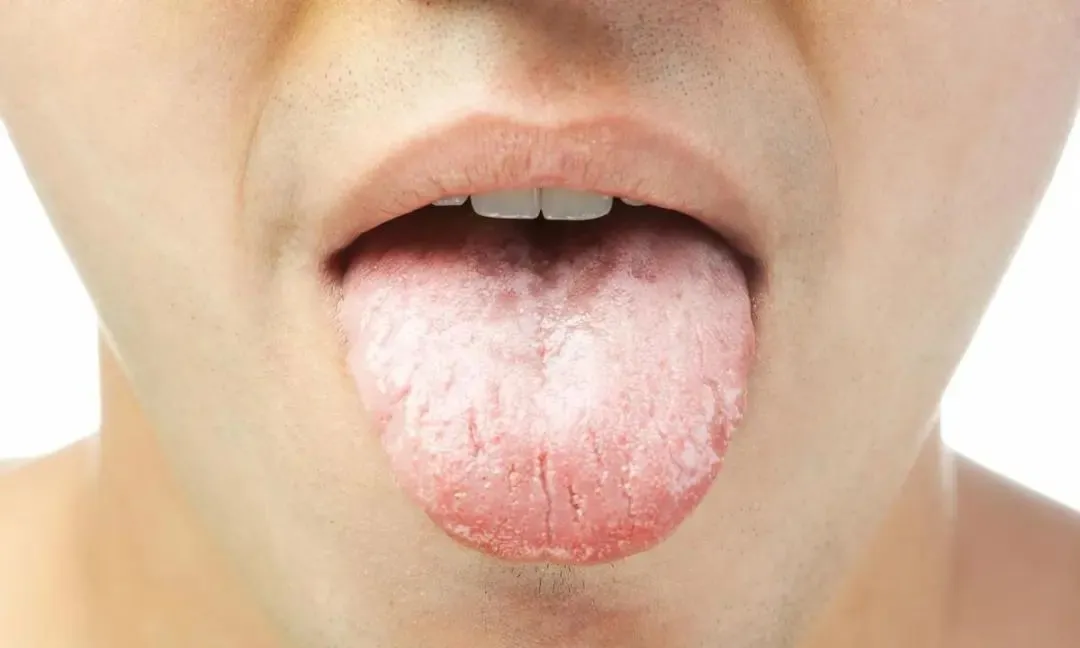
Damp-heat can be categorized into five types: Spleen-Stomach Damp-Heat, Liver-Gallbladder Damp-Heat, Bladder Damp-Heat, Large Intestine Damp-Heat, and Damp-Heat Bi Syndrome, among which Spleen-Stomach Damp-Heat and Liver-Gallbladder Damp-Heat are the most common and easily occurring.
The spleen, stomach, liver, and gallbladder are all located in the middle jiao of the human body. When they are invaded by damp-heat evil qi or when one consumes excessive rich and greasy foods, symptoms such as red tongue, greasy and yellow coating, poor appetite, and nausea may appear. Sometimes, there may also be a yellowish complexion and skin jaundice. Therefore, correctly identifying and accurately regulating Spleen-Stomach Damp-Heat and Liver-Gallbladder Damp-Heat is crucial and challenging. Some individuals misidentify or treat incorrectly, leading to a worsening of symptoms rather than alleviation.
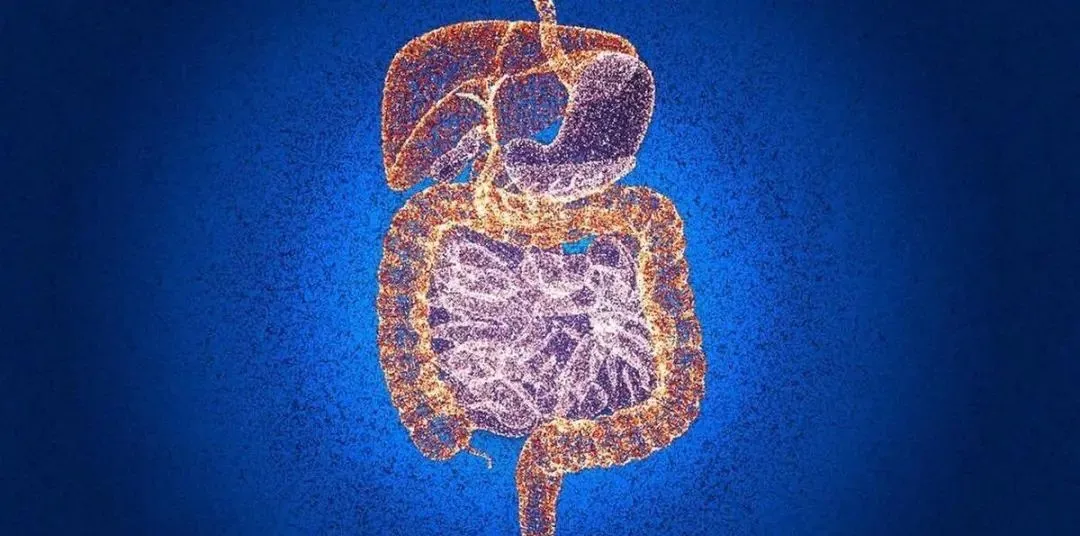
First, it is essential to clarify whether one indeed has damp-heat, which may manifest as bitter taste in the mouth, bad breath, sticky mouth, abdominal distension, fullness in the abdomen, difficulty in urination, fatigue, and lack of energy. However, Spleen-Stomach Damp-Heat and Liver-Gallbladder Damp-Heat have distinct differences, primarily in four aspects:
1. Spleen-Stomach Damp-Heat is caused by dysfunction in the spleen’s transportation and the stomach’s descending and receiving functions, leading to an accumulation of dampness that cannot be timely resolved, resulting in heat from stagnation. Thus, it is characterized by “dampness being heavier than heat.” In contrast, Liver-Gallbladder Damp-Heat arises from obstruction in the liver’s ability to disperse and the gallbladder’s bile discharge, causing liver qi stagnation and rising liver fire, which injures the spleen and stomach, hence it is characterized by “heat being heavier than dampness.”
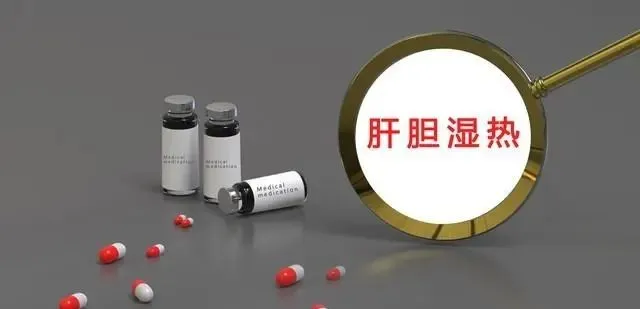
2. Spleen-Stomach Damp-Heat often presents with wetness in the limbs, abdominal distension, and loose stools; whereas Liver-Gallbladder Damp-Heat typically presents with dry mouth, bitter taste, red face and eyes, dry stools, and body heat.
3. Spleen-Stomach Damp-Heat is more commonly associated with digestive system issues due to its impaired transportation and reception; Liver-Gallbladder Damp-Heat involves liver qi invading the stomach, affecting the spleen and stomach, and may also present with rib pain, thus symptoms of Liver-Gallbladder Damp-Heat are generally more pronounced.
4. In terms of treatment duration, Spleen-Stomach Damp-Heat requires a longer treatment course, and if properly managed post-recovery, stability can be maintained for a long time; Liver-Gallbladder Damp-Heat resolves quickly but can also relapse rapidly, primarily influenced by emotional stress, often leading to liver qi stagnation.
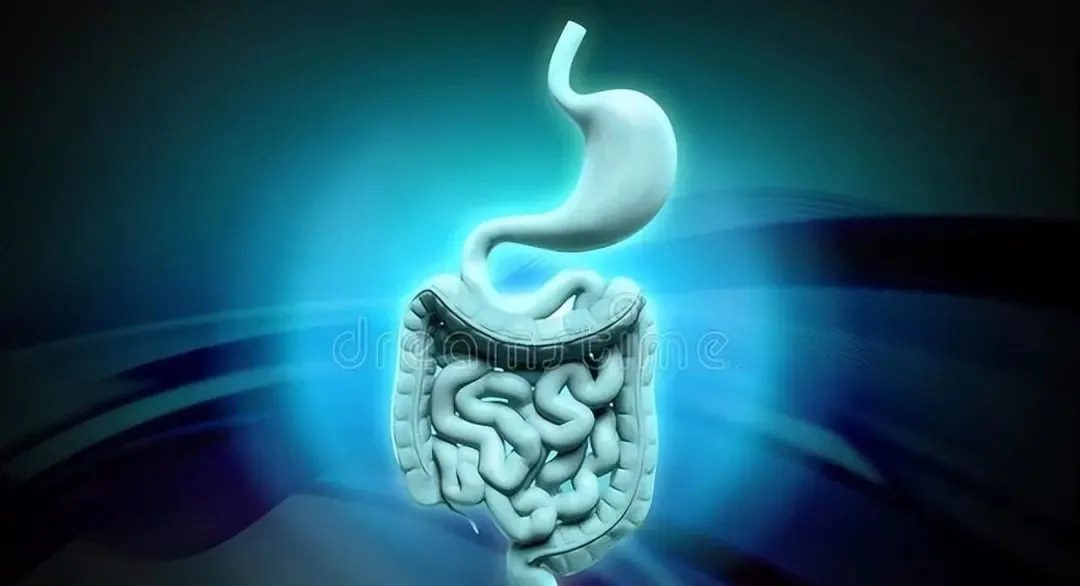
So, what are the clinical symptoms of Spleen-Stomach Damp-Heat and Liver-Gallbladder Damp-Heat?
Spleen-Stomach Damp-Heat: lack of desire to move or eat, or feeling full after a small amount of food, thick and greasy tongue coating, difficulty in urination, and very pronounced symptoms of fatigue and dampness.
Liver-Gallbladder Damp-Heat: distension and pain in the flanks, qi stagnation in the chest, red face and eyes, bitter taste and bad breath, red and yellow greasy tongue tip, with males often experiencing dampness in the scrotum and females often having foul-smelling vaginal discharge.
Many people are unaware of how to regulate damp-heat or misidentify the condition, leading to initial improvement but ultimately worsening the underlying issue, turning a minor problem into a major one.
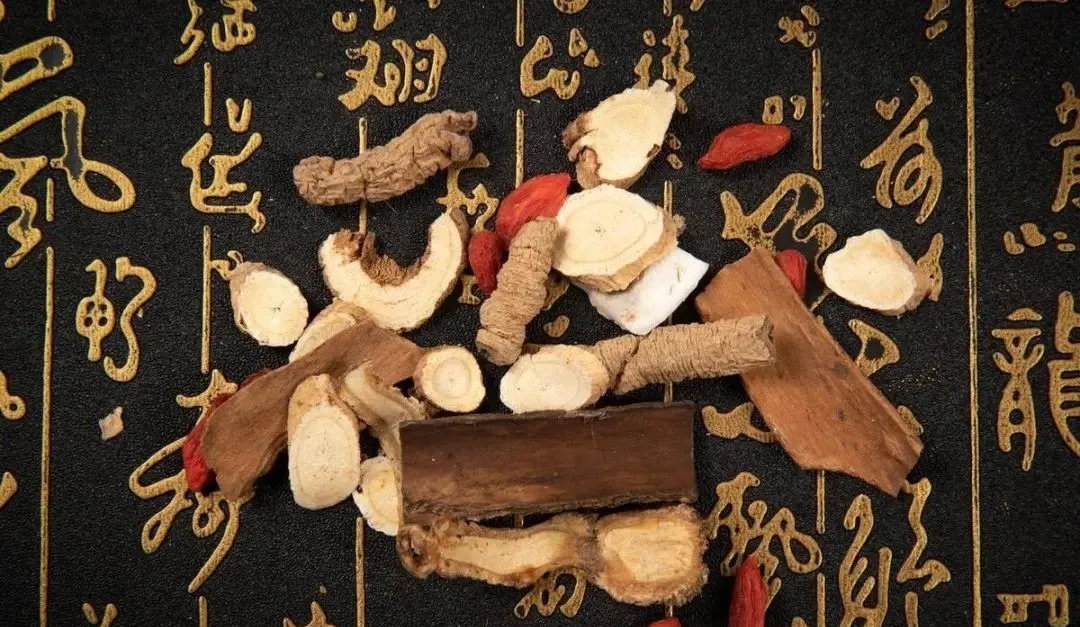
In summary, both Spleen-Stomach Damp-Heat and Liver-Gallbladder Damp-Heat share a common treatment principle: clearing heat. This involves dispersing the causes of heat and stagnation. However, when treating Spleen-Stomach Damp-Heat, the focus is on “transforming dampness” using aromatic damp-transforming herbs to eliminate the existing dampness and eradicate the environment that produces dampness, as the spleen prefers dryness and dislikes dampness. Proper regulation of the postnatal foundation will facilitate subsequent treatments. In contrast, for Liver-Gallbladder Damp-Heat, the emphasis is on “draining dampness,” which involves promoting urination and dispersing dampness or warming yang to transform dampness.
How to differentiate in medication?
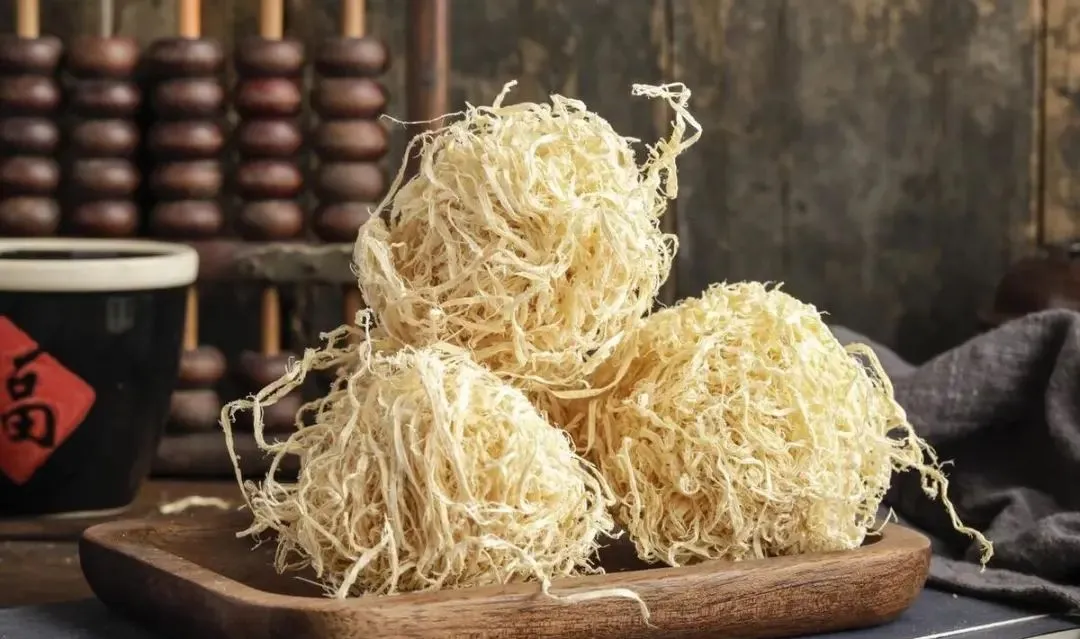
1. For Spleen-Stomach Damp-Heat, formulas such as Huanglian Wendan Decoction and Huo Po Xia Ling Decoction can be used for regulation;
Huanglian Wendan Decoction consists of: Banxia (Pinellia), Zhu Ru (Bamboo Shavings), Zhi Shi (Bitter Orange), Chen Pi (Dried Tangerine Peel), Gan Cao (Licorice), Sheng Jiang (Fresh Ginger), Fu Ling (Poria), Huang Lian (Coptis).
Huo Po Xia Ling Decoction includes: Huo Xiang (Agastache), Chuan Po (Perilla), Jiang Banxia (Ginger Pinellia), Zhu Ling (Polyporus), Chi Ling (Red Poria), Xing Ren (Apricot Kernel), Bai Yi Ren (Job’s Tears), Bai Dou Kou (White Cardamom), Ze Xie (Alisma), Dan Dou Chi (Fermented Soybean), Tong Cao (Rice Paper Plant).
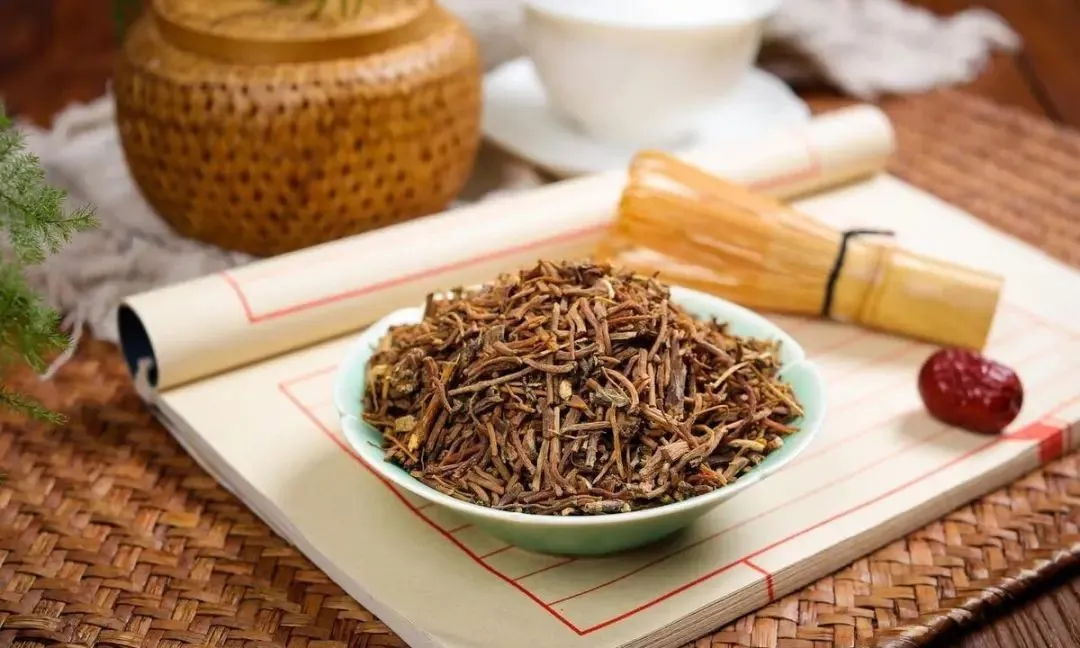
2. For Liver-Gallbladder Damp-Heat, Long Dan Cao Xie Gan Decoction combined with Dan Zhi Xiao Yao Wan can be used for regulation.
Long Dan Cao Xie Gan Decoction consists of: Long Dan Cao (Gentian), Huang Qin (Scutellaria), Zhi Zi (Gardenia), Mu Tong (Akebia), Chai Hu (Bupleurum), Ze Xie (Alisma), Che Qian Zi (Plantago), Dang Gui (Angelica), Sheng Di (Rehmannia), Gan Cao (Licorice).
Dan Zhi Xiao Yao Wan is a Chinese patent medicine, and it is important to distinguish it from Jia Wei Xiao Yao Wan.
Damp-heat symptoms should be adjusted based on medical history, duration, age, and severity. However, it is crucial to note that all medications should only be administered after a physician’s diagnosis and should not be used indiscriminately.
Remember Follow us!
Follow us!
Editor’s Recommended Articles
1.Good Spleen and Stomach, Curing All Diseases: A Formula with 10 Ingredients to Tonify Qi, Strengthen the Spleen, and Drain Dampness
2. What to Do When Your Stomach Gurgles and You Have Excess Gas? Three Herbs to Regulate the Spleen and Stomach, and Soothe Liver Qi
3. Weakness in Lifting: Often Due to Insufficient Kidney Essence, 5 Chinese Patent Medicines to Tonify the Kidneys and Enhance Vitality
4. The Benefits and Brewing Methods of Cinnamon Tea
Like is a form of encouragement Share to spread joy

